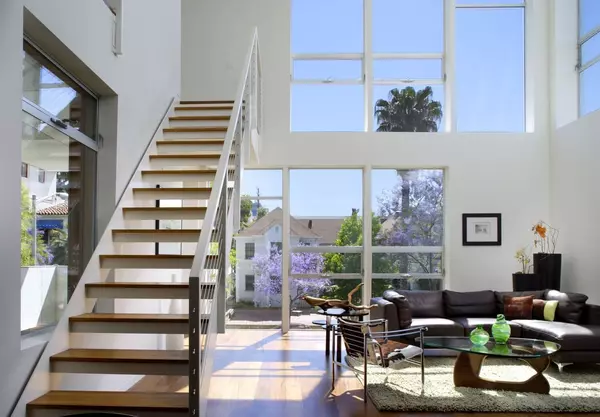Home flippers express caution over rising costs, low resale demand
As the fix-and-flip market faces a lack of demand and higher costs, prices for these transactions are slipping and investors are taking a more cautious approach. That’s the conclusion of the 2025 Fix and Flip Market Index released Monday by fix-and-flip lender Kiavi and John Burns Research & Consulting.
The newest edition of the report measures the overall health and sentiment of roughly 400 home flippers nationwide and reflects responses collected through the third quarter of 2025. The index slipped to a reading of 56 in the third quarter, down from 57 in the second quarter and 62 in the third quarter of 2024. Readings above 50 indicate expansion, while values below that threshold signal contraction.
“Flippers face weaker selling conditions amid economic uncertainty, rising inventory and persistently high mortgage rates,” the report stated.
As a result, the report found that just 26% of flippers reported good sales in Q3 2025 compared to the seasonal norm, which is down from 34% one year ago.
Fix-and-flip prices declined 3.7% year over year in the third quarter, while the share of homes that sold below their expected after-repair value climbed to 21%, the highest percentage since late 2022. Flippers are cutting prices more quickly than other sellers to avoid steep holding costs.
At the same time, renovation expenses reached a record high of $80,000, up from $76,000 in the previous quarter. These costs now account for about 16% of the average sales price.
“High-cost renovations are concentrated in pricier coastal markets, where those costs can be passed on to buyers,” the report explained.
The maximum share of a property’s after-repair value that flippers are willing to pay fell to 64% nationally — the lowest figure since mid-2023 and a signal of lower confidence in near-term home-price appreciation. That figure was down from 66% in Q2 2025 and 69% in Q3 2024.
Regional results varied widely. The pricing environment weakened most in the Northwest, Florida and Texas, where more than half of respondents reported lower home prices than a year ago. By contrast, Midwest and Northeast flippers saw steadier conditions amid tighter supply.
Flippers in Texas and Florida also reported the least competition for new deals, with about one-quarter saying it has become easier to find properties as inventory rises. Nationally, 19% of respondents said they face less competition than usual for deals — the highest share since late 2022.
Financing has become more expensive and harder to obtain. Only 48% of flippers secured new loans in the third quarter, down from 54% in the previous period, and those who did reportedly paid an average interest rate of 9.8%.
Investors accounted for a growing share of flipped-home buyers, representing 28% of purchases compared with 16% a year earlier. Many are taking advantage of discounted prices in oversupplied markets, the report explained.
Some flippers, however, expressed optimism for the coming months as 31% percent expect stronger sales in the next six months. But that share remains below last year’s level.
Categories
Recent Posts










GET MORE INFORMATION

